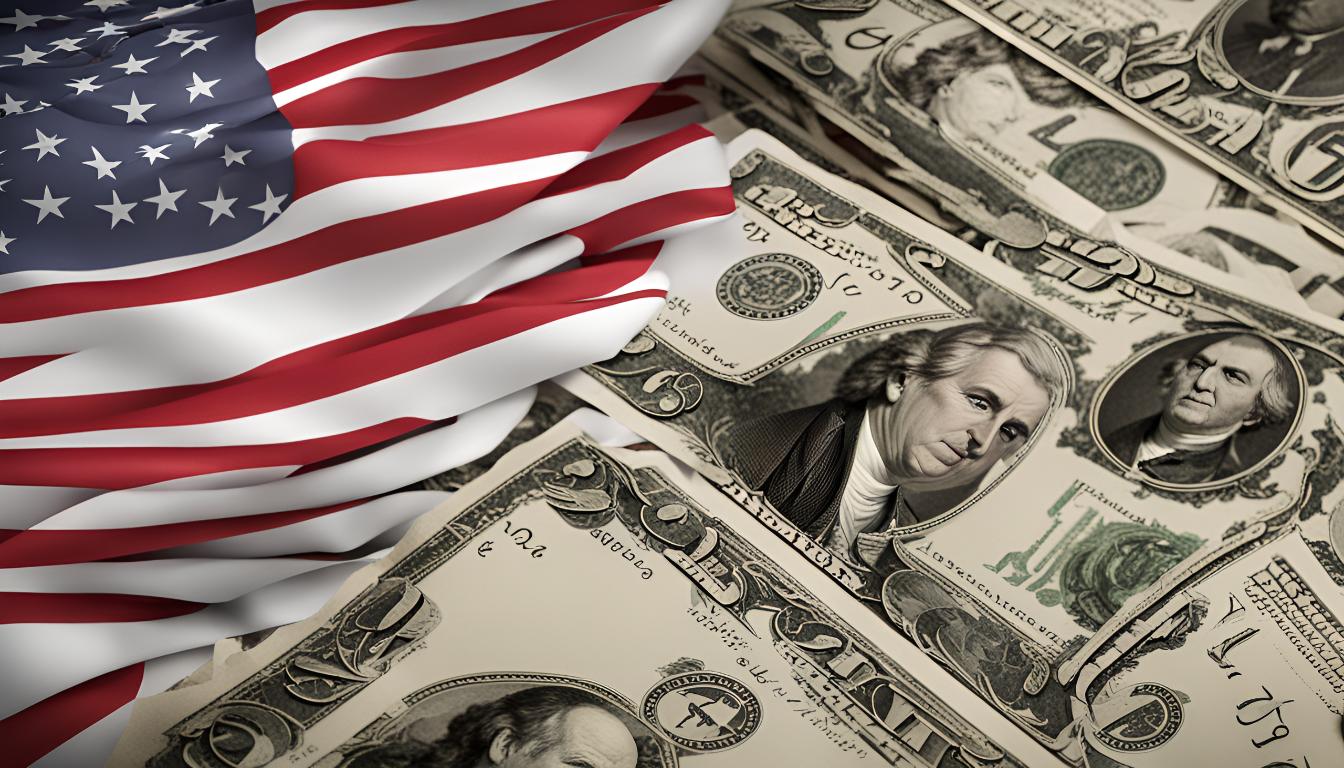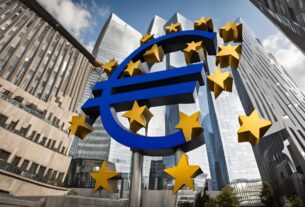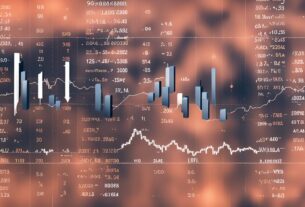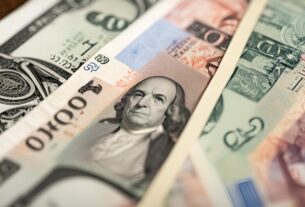Economic Indicators Affected by Political Changes
- GDP Growth and Investment: How political stability or changes in government policies affect investor confidence, business decisions, and overall economic growth.
- Employment and Labor Market: Explore how political decisions impact job creation, unemployment rates, and labor policies.
- Fiscal and Monetary Policies: Discuss how changes in government policies, such as tax reforms or changes in interest rates by the Federal Reserve, can impact economic stability and growth.
- Trade and International Relations: Analyze how political changes influence trade agreements, tariffs, and international relations, affecting exports, imports, and the overall balance of payments.
Sectoral Impacts
Highlight specific industries or sectors likely to be affected by political changes:
- Technology: Regulations on tech companies, privacy laws, and innovation policies.
- Healthcare: Changes in healthcare policies and their economic implications.
- Energy: Shifts in energy policies affecting renewable energy investments, fossil fuels, and sustainability goals.
Consumer Confidence and Spending
Discuss how political uncertainty or stability can affect consumer sentiment, spending patterns, and retail sales.
Global Economic Impact
Examine how US political changes ripple through global markets, impacting international trade, financial markets, and global economic stability.
Political instability poses significant challenges to economic stability and growth, but the impact of political changes extends beyond instability alone. There is ongoing debate over whether Democratic or Republican administrations are better for the economy, with various studies offering contrasting insights.
Santa-Clara and Valkanov (2003) assert that Democratic Party presidents typically preside over higher real GDP (RGDP) growth rates compared to their Republican counterparts. Their analysis, spanning from 1927 to 1998, suggests that on average, the stock market performs approximately five percent better under Democratic administrations, with lower market volatility. This phenomenon, they argue, is largely independent of business cycles, indicating a distinct economic benefit under Democratic leadership (Santa-Clara & Valkanov, 2003).
In contrast, research by Dunne (2008) focuses on broader economic indicators affected by presidential terms. Dunne’s model incorporates labor force participation rates, fiscal spending growth, and political party affiliations of presidents. She finds that Democratic presidents correlate positively with RGDP growth, attributing a significant impact to policies fostering economic expansion. However, the explanatory power of her model remains limited (Dunne, 2008).
Moreover, political parties also influence inflation rates differently. Santa-Clara and Valkanov note that while Democratic administrations may spur higher economic growth, they tend to experience higher inflation rates compared to Republican administrations. This dichotomy underscores the complex interplay between economic policies and political ideologies in shaping macroeconomic outcomes (Santa-Clara & Valkanov, 2003).
Historically, Republican administrations have prioritized inflation control, often tying their approval ratings to maintaining low inflation rates. Presidents like George W. Bush achieved notably low average inflation rates, aligning with Republican economic policies aimed at stability and low inflation (Carroll).
Besley et al. (2010) introduce an intriguing perspective on political competition, likening it to market competition. They argue that heightened political competition incentivizes both parties to adopt policies that promote economic growth to appeal to independent voters. This competitive dynamic, they suggest, fosters efficiency and innovation in economic governance, irrespective of partisan affiliations (Besley et al., 2010).
Additional Considerations
- Historical Context: Compare with past instances where political changes affected the economy.
- Expert Opinions: Include quotes or insights from economists, political analysts, or business leaders for added perspective.
- Visual Aids: Incorporate graphs, charts, or infographics to visually represent economic trends or projections.
In conclusion, while empirical evidence suggests nuanced impacts of political changes on economic metrics like GDP growth and inflation, it also highlights the role of political competition in driving economic policies. Whether under Democratic or Republican administrations, the competitive landscape of political governance influences economic outcomes significantly. Understanding these dynamics is crucial for policymakers aiming to navigate the complexities of political influence on economic stability and growth.
This expanded analysis provides a deeper exploration into the complexities of political impacts on the US economy, offering readers a comprehensive view of the ongoing debates and empirical findings in this field.



